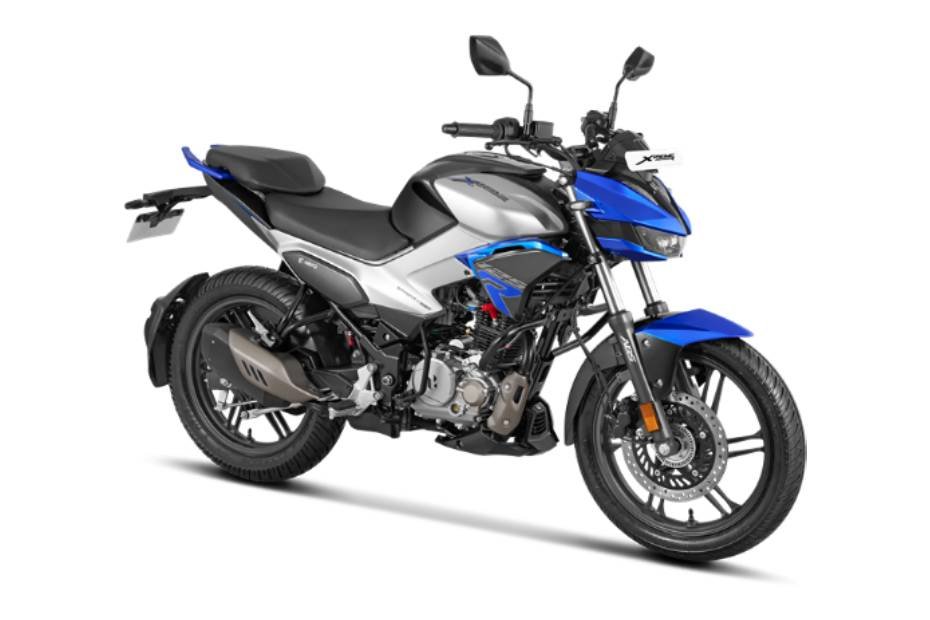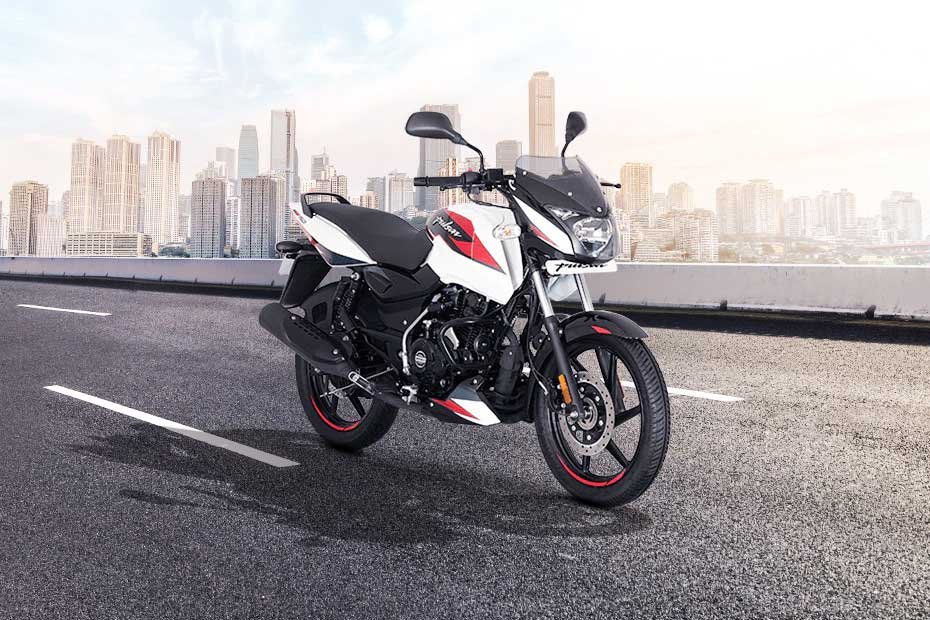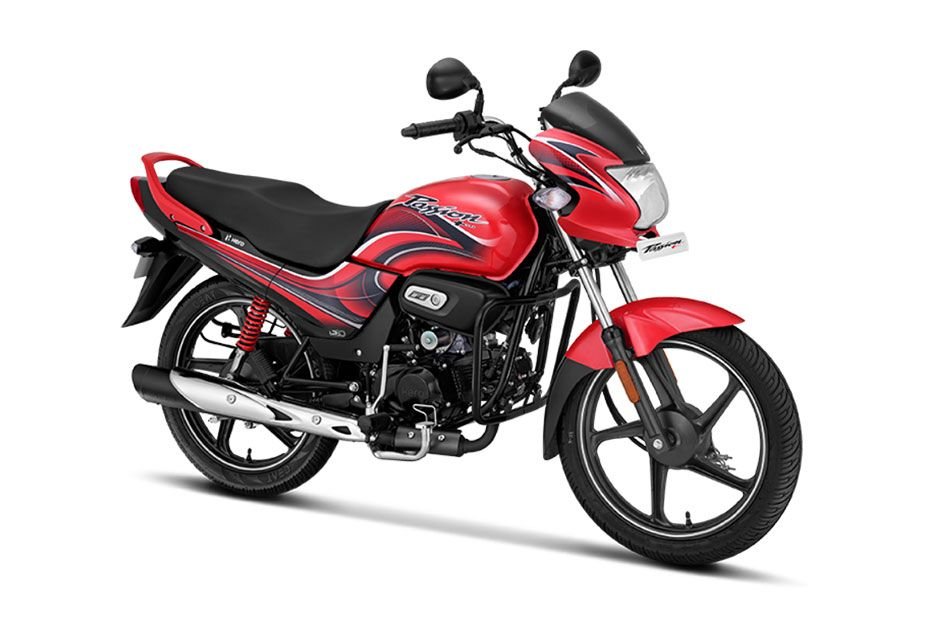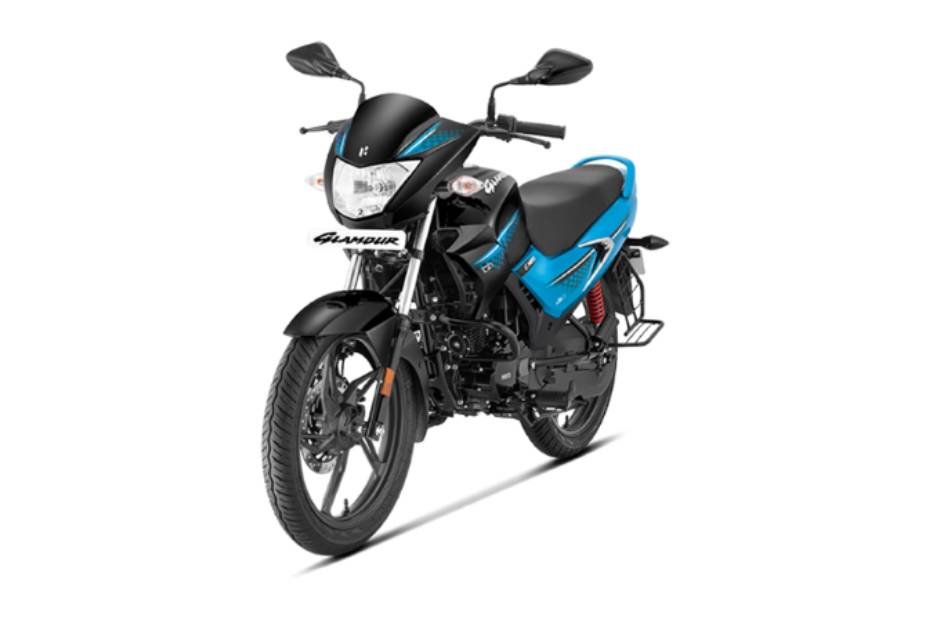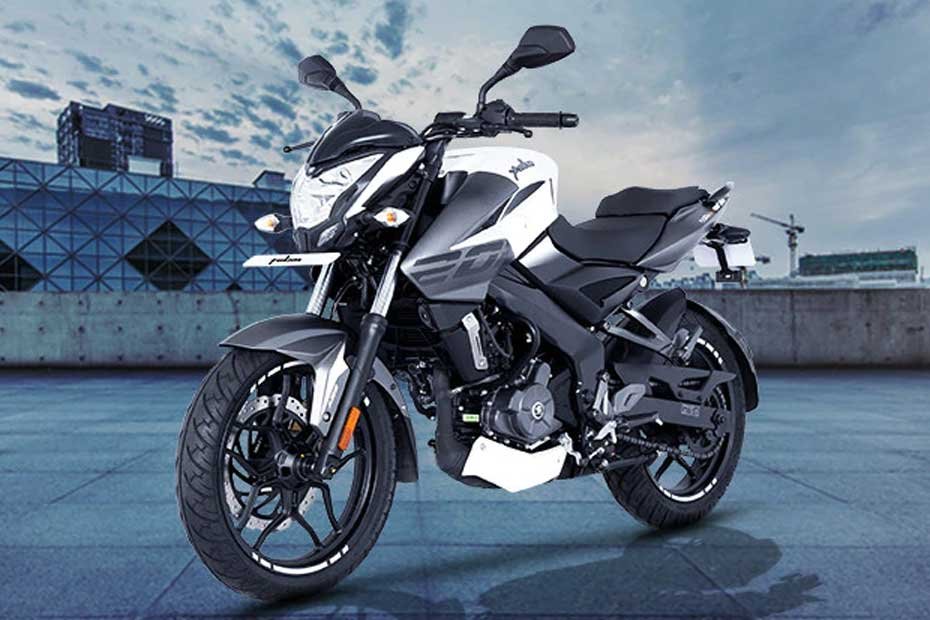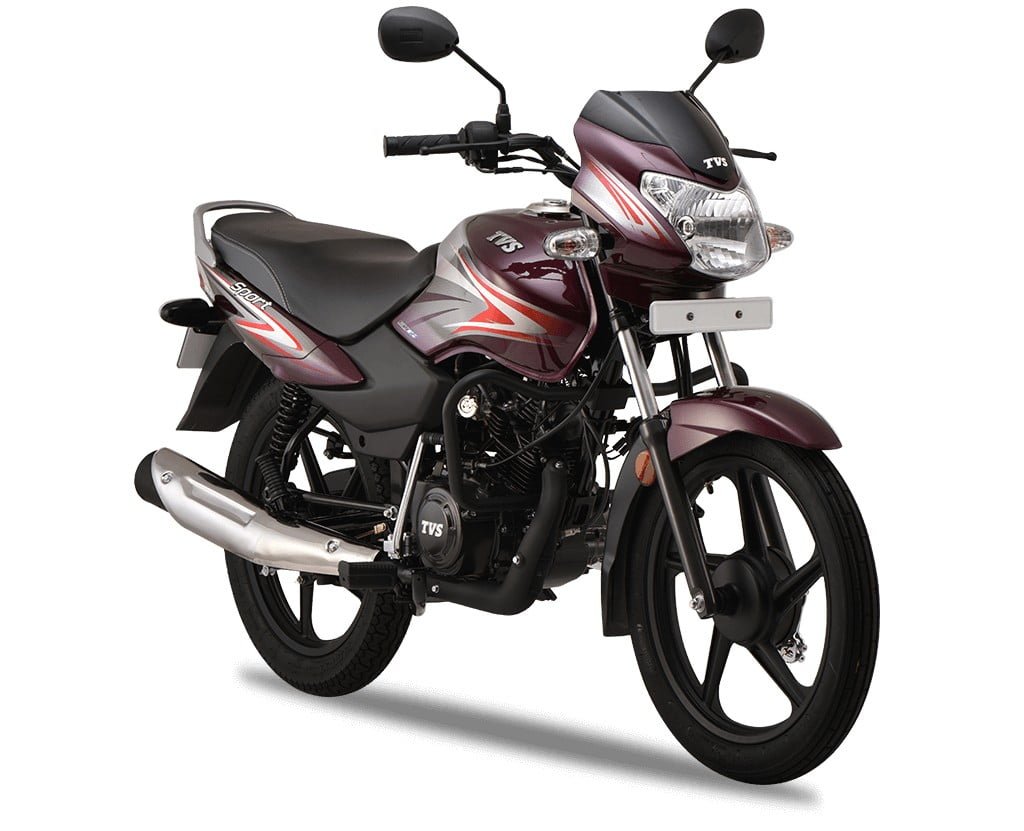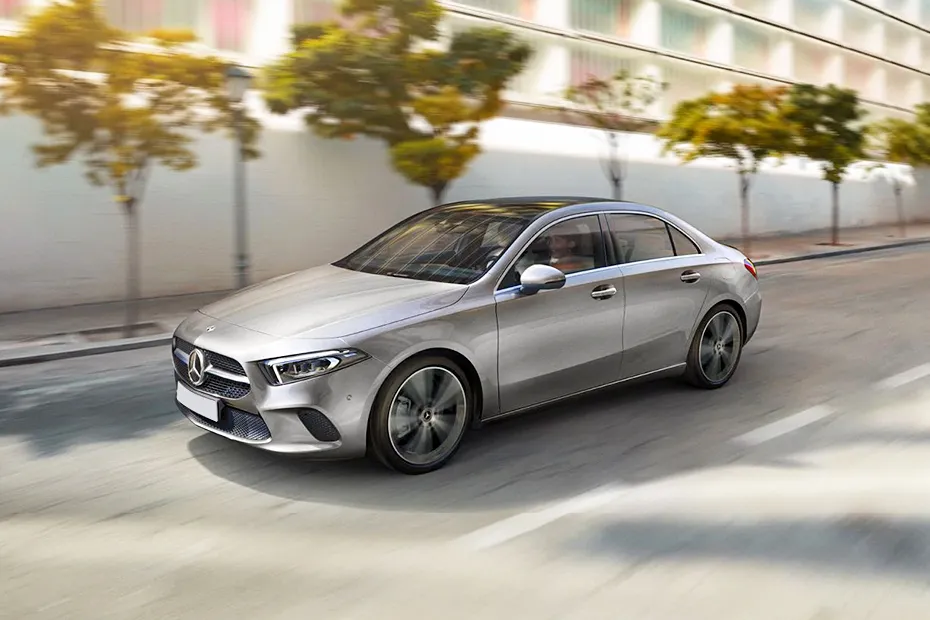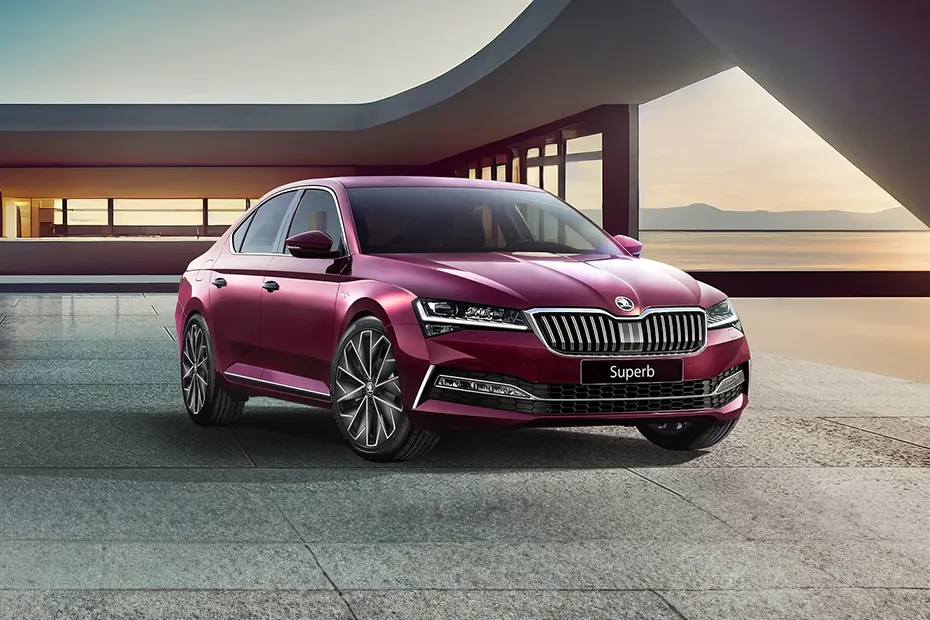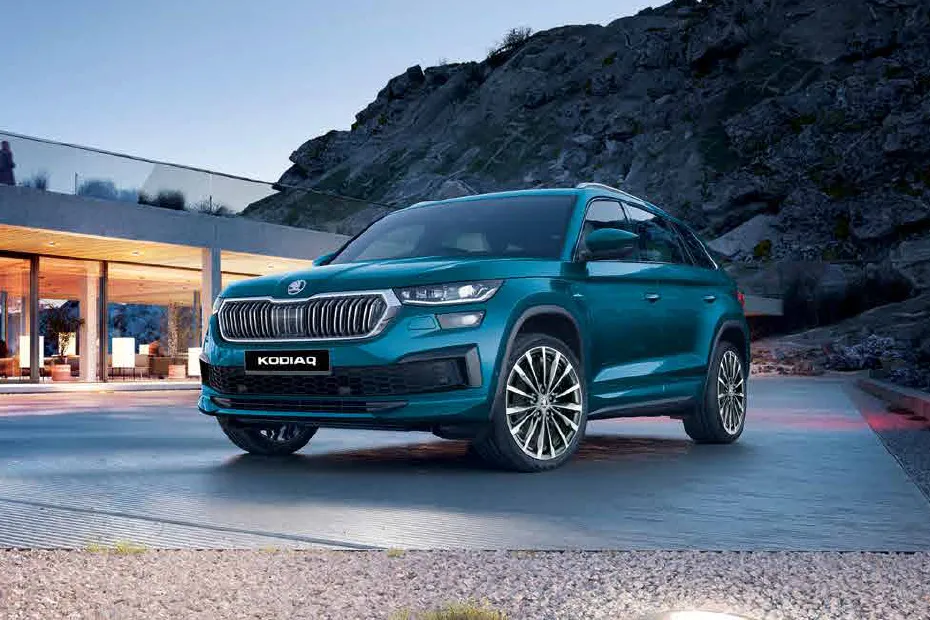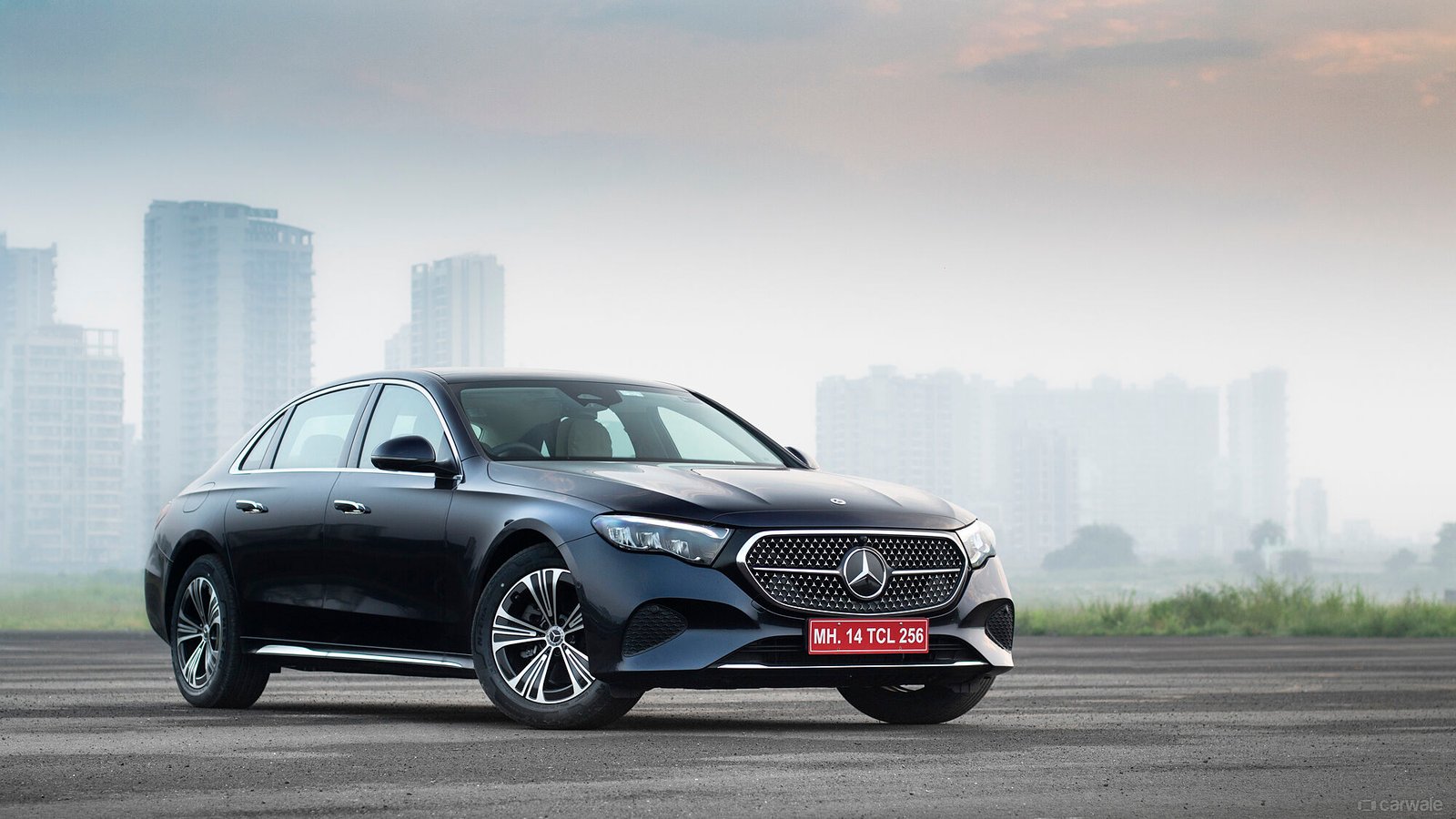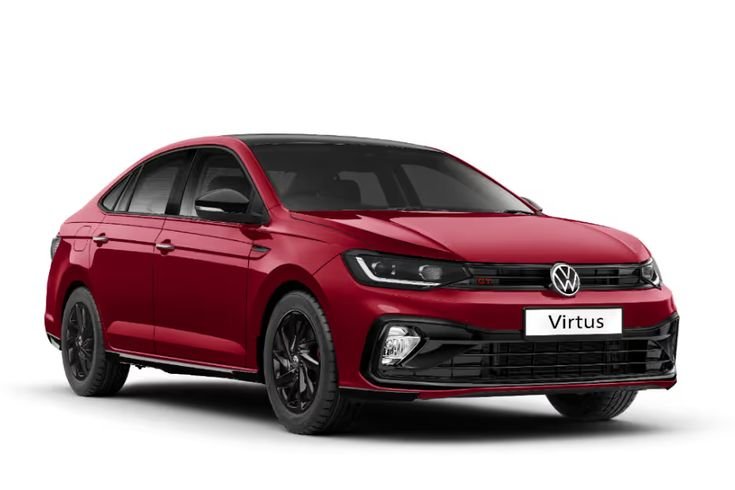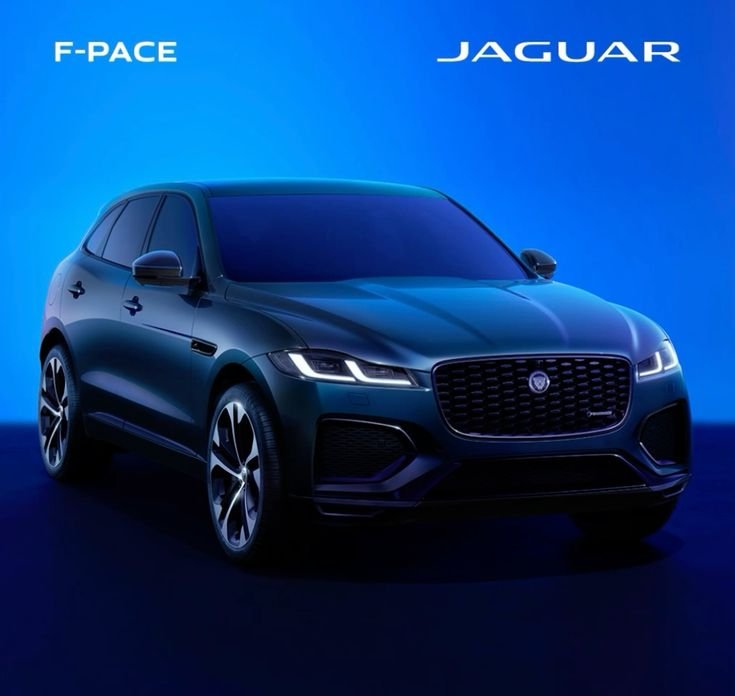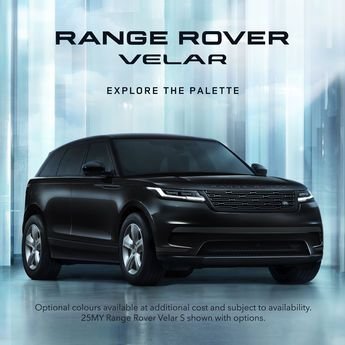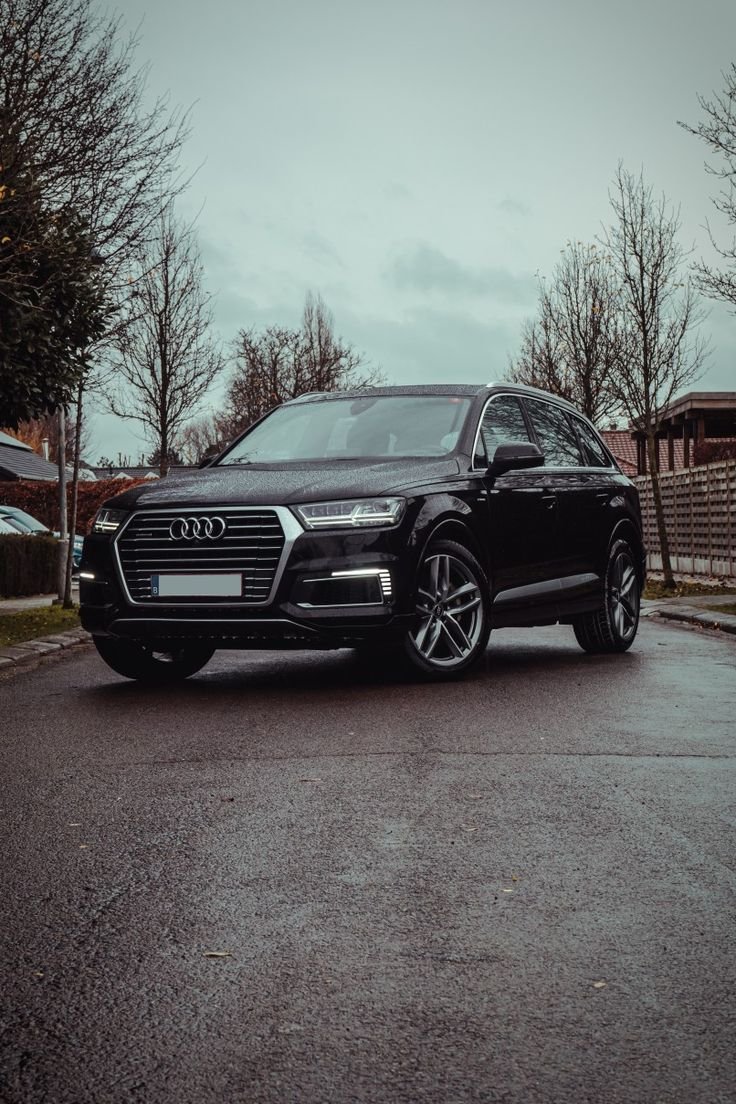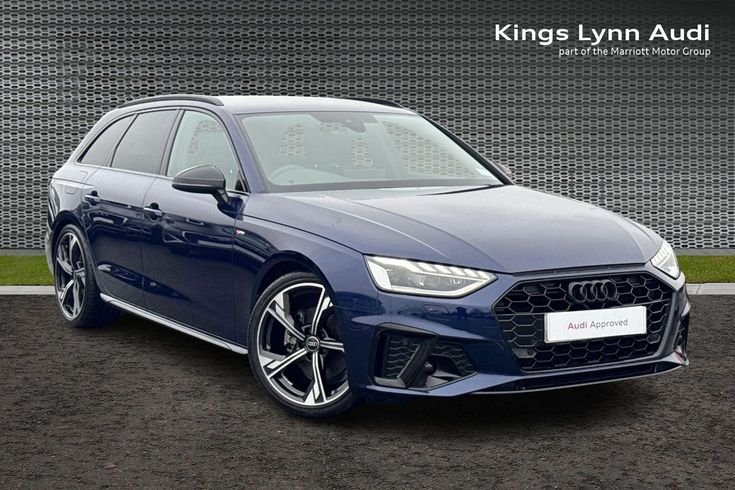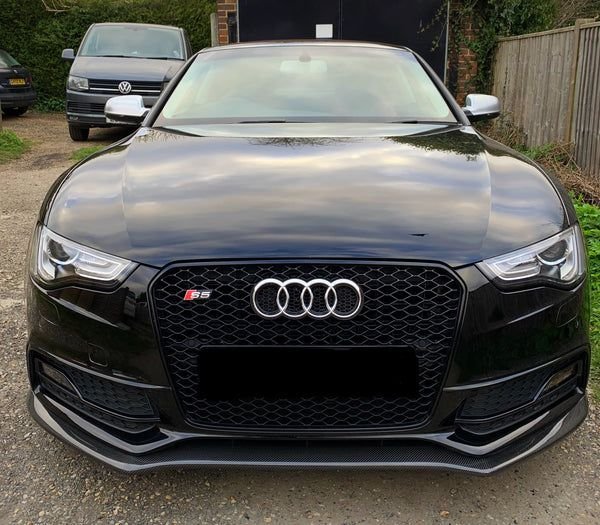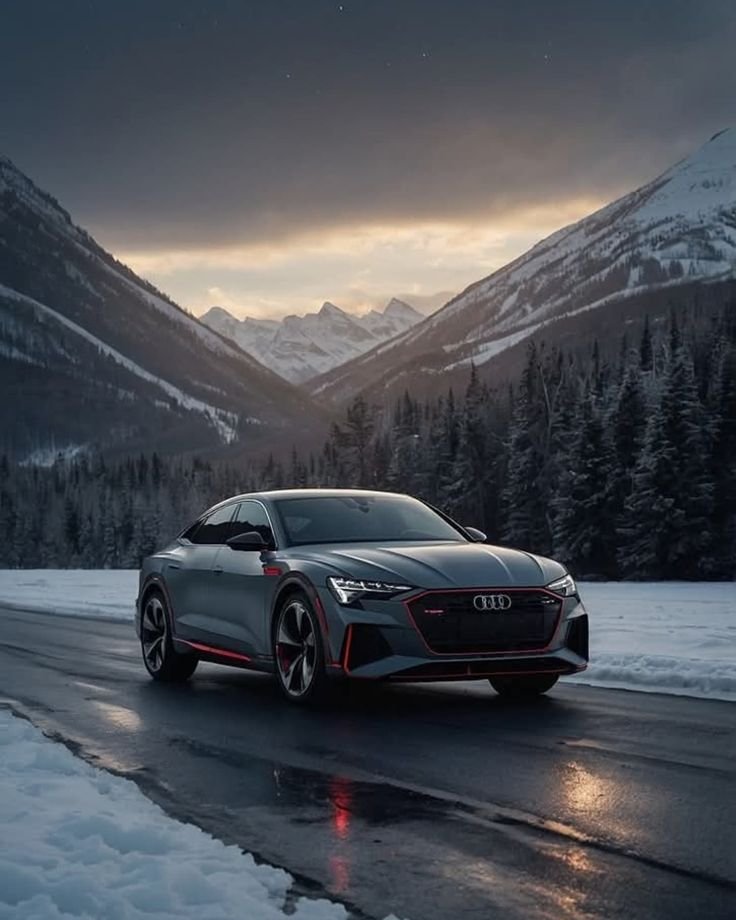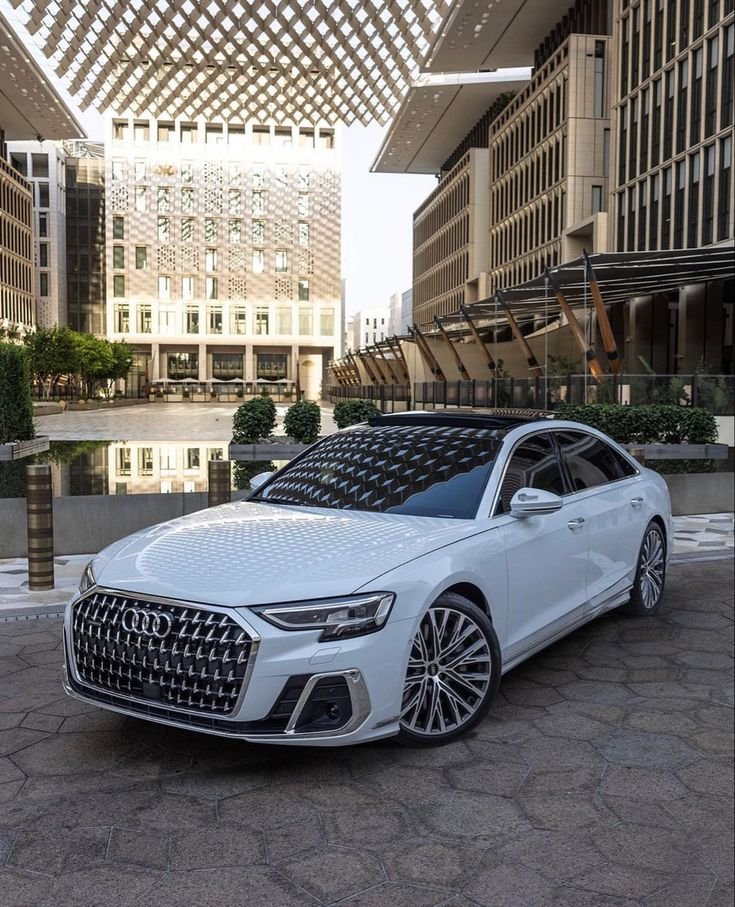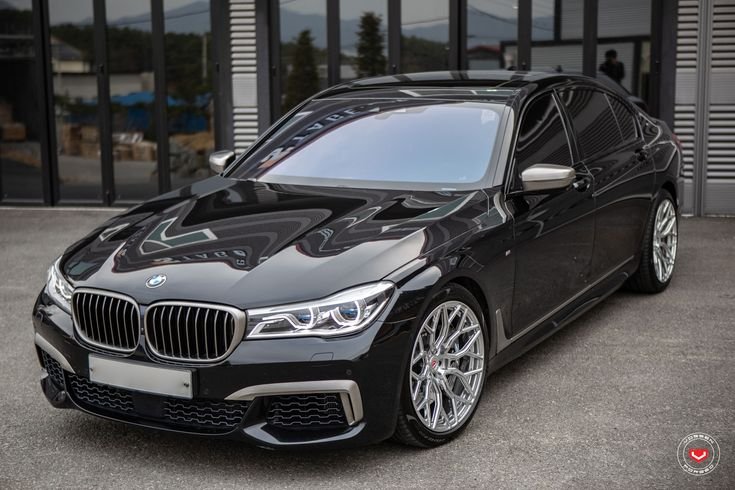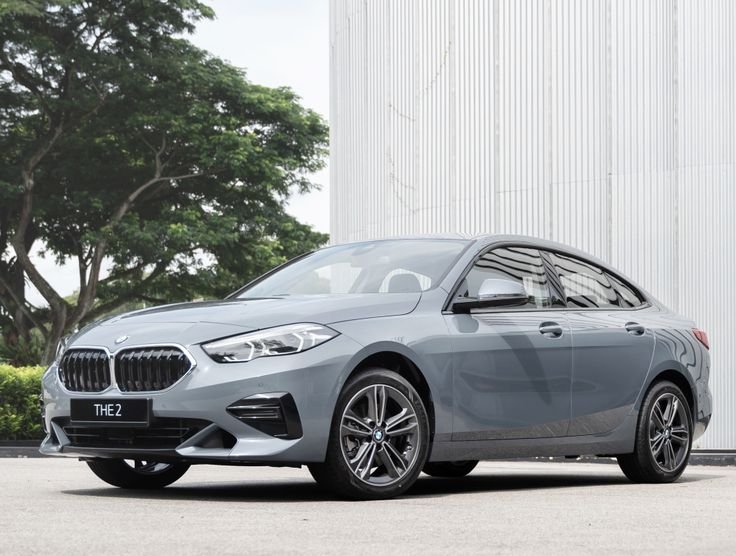2026 Tesla Model S The EV Icon Reinvented for a Smarter, Sharper Future
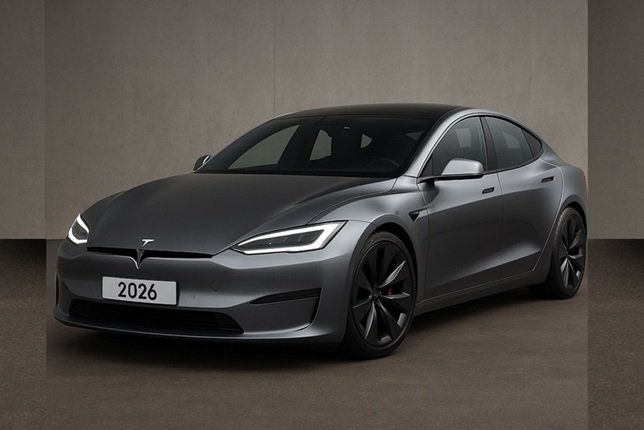
When the original Tesla Model S launched in 2012, it didn’t just redefine electric vehicles—it changed the very idea of what a car could be. As we move into 2026, the Model S continues to evolve, keeping up with the pace of innovation while competing against both traditional automakers and new tech-driven companies. The 2026 version isn’t a complete redesign, but rather a thoughtful upgrade that makes the car even smarter, more luxurious, and more refined—while staying true to the legacy that helped start the global shift toward electric vehicles.
Design Evolution, Not Revolution
The 2026 Model S keeps its recognizable fastback shape, but it has been subtly refined to stay fresh in a growing EV market. Aerodynamics are still a key focus, with the updated Model S achieving a drag coefficient of just 0. 208, which helps improve range and efficiency. The front of the car now has a more minimalist look, with slender LED matrix headlights and cleaner air intakes. Flush door handles, frameless windows, and new aero-optimized wheels give the Model S a sleek, high-tech appearance. New paint options like “Graphene Gray,” “Aurora Green,” and “Lunar Ice” offer a more premium and modern look. Even though the Model S isn’t the only high-performance electric car on the road—Porsche, Lucid, BMW, and Hyundai all have their own impressive models—it still has that quiet dominance with its design and performance.
A Smarter Cabin, Driven by Software
Inside, the 2026 Model S focuses on refined minimalism, powered by advanced software and AI. The cabin is dominated by two main displays: A 17-inch landscape touchscreen, floating above a floating center console, runs the latest Tesla OS with faster responses and improved multitasking.
3-inch driver display replaces the traditional gauge cluster with custom themes and detailed visuals for driver-assist features. There’s also a rear-seat entertainment display that serves as both a gaming and climate control interface. The yoke steering wheel remains standard on Performance trims, but a traditional round wheel is now available on Dual Motor variants—after customer demand. Tesla’s latest AI assistant, “Tesla Companion,” integrates into all vehicle systems—climate, navigation, music, calls, and even the sunroof—learning your habits and responding proactively. It’s powered by the next-generation Dojo inference engine, which is also used in Tesla’s autonomous systems.
The cabin features ambient lighting, sustainable textiles, real metal accents, and optional ventilated vegan leather massage seats, making the Model S feel more like a luxury vehicle. It’s getting closer to the standards set by cars like the BMW i7 and Mercedes EQS.
Powertrain & Performance
For 2026, Tesla has simplified the lineup:
Dual Motor AWD (Model S Long Range)
0–60 mph: 3.
1 seconds
Top Speed: 155 mph
Estimated Range: ~410 miles
Horsepower: ~670 hp
Tri Motor AWD (Model S Plaid+)
0–60 mph: 1.
8 seconds
Top Speed: 200 mph
Estimated Range: ~390 miles
Horsepower: 1,020+ hp
The Plaid+ trim returns with updated thermal management, torque vectoring, and track-ready tuning. It now uses an improved carbon-sleeved rotor architecture that reduces weight while increasing efficiency. New for 2026 is Smart Torque Distribution, which adjusts power delivery in real-time based on tire temperature, surface traction, and G-force feedback—making the Plaid+ more agile than ever.
Range, Charging & Battery Innovation
Tesla’s latest 4680 battery cells have been upgraded with silicon-enhanced anodes and dry-coating technology.
This results in: Higher energy density with fewer modules per battery pack Faster charging, supporting up to 350 kW peak speeds via V4 Superchargers Better thermal efficiency, reducing battery degradation over time A 10–80% charge now takes under 18 minutes. Tesla’s new “Charge Coach” AI helps drivers plan optimal charging stops by considering traffic, queue length, and rest preferences. Wireless vehicle-to-load (V2L) functionality is still being developed, but bidirectional home energy integration via Powerwall Sync Mode is available in certain regions.
Autopilot & Full Self-Driving
Tesla continues to improve its Full Self-Driving (FSD) system, now at version 13.
2 beta in 2026. Key updates include: Better urban navigation, handling unprotected left turns and roundabouts more naturally Improved object prediction and lane behavior modeling thanks to the Tesla Vision-only system Hands-free driving on highways is now standard in FSD, with driver attention monitoring via an in-cabin camera Tesla’s system still requires driver supervision and is not SAE Level 4, though regulatory pilots in California and China may soon allow limited autonomous operation in geo-fenced areas. The standard Model S includes Autopilot, but buyers must pay extra for FSD—though subscription plans (starting at $99/month) are becoming more popular.
Ecosystem & Ownership Experience
Tesla continues to build on its ecosystem strategy. Tesla Arcade and Steam gaming support keeps evolving with smoother gamepad integration and faster load times. The Tesla App now offers deeper car customization, AI-based habit learning, route planning, and remote diagnostics. Over-the-air updates are released frequently, fine-tuning performance, UI animations, and climate behavior. The brand also expands its Service & Support AI, with features like predictive maintenance alerts, automated parts ordering, and a “Ranger Mode” that can dispatch mobile service before you call.
Competition & Market Relevance
By 2026, the electric luxury sedan market is more crowded than ever.
Rivals include: Lucid Air Sapphire – Extreme performance and 500+ mile range
Porsche Taycan Turbo GT – Track capability with German precision
BMW i7 M70 – Opulence and rear-seat luxury
Mercedes EQE/EQS – Comfort-focused interiors
Audi A6 e-tron – Style and tech with traditional appeal
Despite this competition, the Model S maintains an edge in software, range, charging infrastructure, and brand loyalty. It may not be the flashiest or most luxurious, but it remains the most Tesla—lean, fast, tech-driven, and always improving.
Final Verdict
The 2026 Tesla Model S doesn’t need to shout. It’s not a complete reinvention or a big change. Instead, it’s the next step in Tesla’s ongoing process of improvement. By refining the core, enhancing the experience, and expanding its ecosystem, the Model S stays relevant even as electric vehicles become more mainstream. For those who want ultimate performance, smart integration, and access to the world’s most robust EV infrastructure, the Model S is still a top choice. In a market full of stunning electric cars, the Model S quietly reminds everyone who started it all—and that it’s still leading the way.
Ad Slot 250x250
Related News
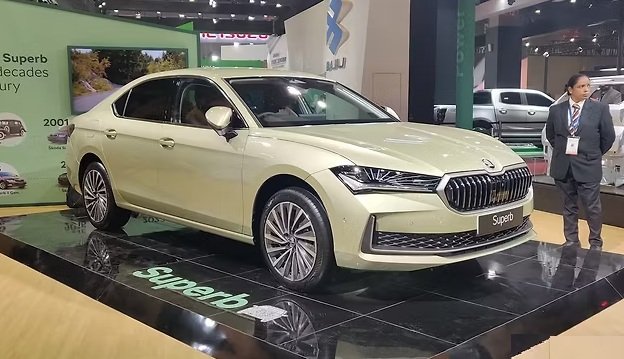
Skoda Superb A Benchmark of Space, Comfort, and European Elegance
Skoda Superb European Luxury Sedan with Exceptional Space, Comfort
The Skoda Superb has long been regarded as one of the most sensible yet sophisticated sedans in the premium mid-size segment. True to its name, the Superb blends understated European design with limousine-like comfort, powerful engines, and a level of practicality that few rivals can match. It is a car designed not just to impress on first glance, but to win owners over through everyday usability, refined driving manners, and intelligent engineering.
Design: Elegant Without Excess Skoda Superb
The Skoda Superb follows a clean and timeless design philosophy rather than aggressive styling. Its wide grille, sharp LED headlamps, and crisp character lines give it a commanding road presence without appearing flashy. The long wheelbase and well-proportioned body emphasize its executive nature, making it look equally appropriate outside a luxury hotel or a corporate office.
From the side, the Superb’s length becomes more apparent, reinforcing its status as one of the largest sedans in its class. The sloping roofline and neatly integrated rear design ensure that the car looks elegant rather than bulky. At the rear, LED tail lamps with a crystalline pattern add a touch of modern Skoda identity. Overall, the Superb’s design prioritizes sophistication and maturity, appealing to buyers who value class over attention-seeking aesthetics.
Interior: Space That Redefines the Segment Skoda Superb
Step inside the Skoda Superb, and the first impression is one of sheer space. Rear-seat legroom is exceptional, often compared to cars from a higher segment. This makes the Superb an ideal choice for families as well as chauffeur-driven owners who prioritize comfort in the back seat.
The cabin layout is clean and driver-focused, with high-quality materials used throughout. Soft-touch surfaces, premium upholstery, and tasteful chrome or wood accents elevate the overall ambience. The seats are wide, supportive, and designed for long journeys, offering excellent comfort for both front and rear passengers.
Storage is another area where the Superb excels. Door pockets, cup holders, seat-back storage, and a massive boot ensure that practicality is never compromised. The boot capacity is among the best in its class, making the Superb perfect for long road trips or business travel with luggage.
Technology and Features: Smart and User-Friendly
Skoda has equipped the Superb with a comprehensive list of modern features that enhance both convenience and safety. A large touchscreen infotainment system sits at the center of the dashboard, offering smooth responsiveness and intuitive controls. Smartphone connectivity, digital instrument cluster, premium audio system, and multi-zone climate control ensure a comfortable and connected driving experience.
One of Skoda’s strengths lies in its “Simply Clever” features. From umbrella holders to cleverly designed storage solutions, the Superb includes thoughtful touches that make daily use easier. These small but meaningful details set it apart from many competitors that focus only on headline features.
Performance: Balanced Power and Refinement Skoda Superb
The Skoda Superb is known for its refined powertrain options that strike an excellent balance between performance and efficiency. Whether equipped with a petrol or diesel engine, the Superb delivers smooth acceleration and strong mid-range performance, making highway driving effortless.
On the road, the Superb feels stable and composed, even at high speeds. The suspension is tuned for comfort, absorbing road imperfections with ease while still maintaining good body control. Steering is light enough for city driving yet offers sufficient feedback on highways, making the car easy to drive despite its size.
For those who enjoy driving, the Superb does not disappoint. It may not be a sports sedan, but it offers confident handling and predictable dynamics that inspire trust behind the wheel. Long-distance cruising is where the Superb truly shines, offering a relaxed and fatigue-free driving experience.
Safety: Confidence Comes Standard
Safety has always been a priority for Skoda, and the Superb reflects this commitment. The sedan comes equipped with multiple airbags, electronic stability control, traction control, and advanced braking systems. These features work together seamlessly to provide a reassuring sense of security for occupants.
Advanced driver assistance features, depending on the variant, further enhance safety by helping the driver stay aware and in control in various driving conditions. The solid build quality and robust engineering add to the feeling of safety, making the Superb a dependable choice for Indian roads.
Ownership Experience: Value Beyond the Badge
One of the key reasons behind the Skoda Superb’s popularity is the value it offers. While it competes with premium sedans from luxury brands, it often delivers more space, comfort, and features at a comparatively accessible price point. This makes it an intelligent choice for buyers who want luxury without paying purely for brand prestige.
Maintenance and service support have improved significantly, contributing to greater peace of mind for owners. The Superb’s reliability, combined with Skoda’s focus on customer satisfaction, strengthens its appeal as a long-term ownership proposition.
See also this: Nissan Gravite MPV A Practical and Modern Family Mover
Conclusion: A True All-Rounder
The Skoda Superb is more than just a sedan; it is a statement of intelligent luxury. It prioritizes comfort, space, and refinement while delivering strong performance and modern technology. For buyers seeking a premium car that excels in real-world usability rather than just showroom appeal, the Superb remains one of the most compelling options in its segment.
Elegant, spacious, and thoughtfully designed, the Skoda Superb continues to live up to its name, setting a benchmark for what a premium executive sedan should be.
Prtice In India Skoda Superb Ex Showroom.
Price Starting From Rs 54 Lakh To Rs 58 Lakh Ex Showroom depending on variant.
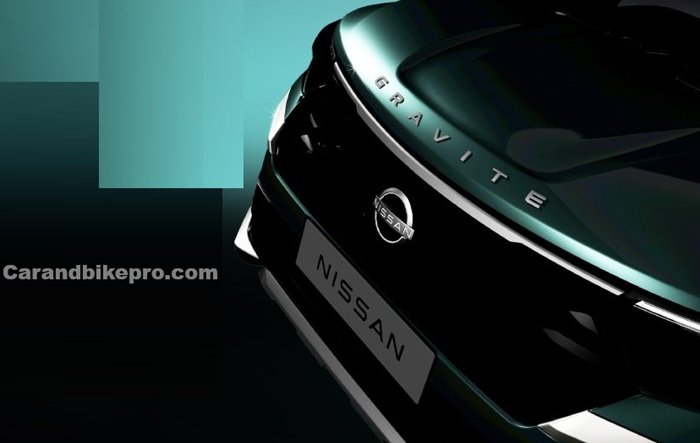
Nissan Gravite MPV A Practical and Modern Family Mover
Nissan Gravite MPV Smart Design, Spacious Comfort, and Everyday
The Nissan Gravite MPV represents the brand’s renewed ambition to strengthen its presence in the family-oriented vehicle segment. Designed with Indian road conditions and evolving customer expectations in mind, the Gravite aims to blend practicality, comfort, and modern design into a well-balanced multi-purpose vehicle. Nissan has positioned this MPV as a smart alternative for buyers who want everyday usability without sacrificing style or driving confidence.
From the outside, the Nissan Gravite carries a contemporary design language that avoids the boxy appearance traditionally associated with MPVs. The front fascia is expected to feature Nissan’s signature V-motion grille, flanked by sleek LED headlamps that add a premium touch. A sculpted bonnet and sharp character lines across the body give the Gravite a dynamic stance, making it visually appealing both in urban environments and on highways. The side profile is clean and well-proportioned, with large windows that enhance visibility and contribute to an airy cabin feel. At the rear, wraparound tail lamps and a subtly contoured tailgate complete the modern look, ensuring the Gravite stands out without being overly aggressive.
Step inside, and the Nissan Gravite MPV is expected to focus heavily on comfort and space. The cabin layout is likely to be thoughtfully designed, offering flexible seating arrangements suitable for families and long journeys. With options for six or seven seats, the Gravite aims to accommodate different lifestyle needs. The seats are expected to provide good cushioning and support, ensuring comfort even during extended drives. Nissan’s attention to ergonomics should result in well-placed controls, a practical dashboard layout, and ample storage spaces throughout the cabin, including cup holders, door pockets, and a spacious center console.
The interior design is anticipated to feature a dual-tone color scheme, enhancing the sense of sophistication while maintaining a practical, easy-to-maintain environment. Soft-touch materials in key areas and durable upholstery choices would align well with the MPV’s family-focused character. A large touchscreen infotainment system is expected to take center stage, offering smartphone connectivity, navigation support, and intuitive controls. The digital instrument cluster and steering-mounted controls further contribute to a modern and driver-friendly experience.
One of the strongest selling points of the Nissan Gravite MPV is likely to be its practicality. The third row is expected to offer reasonable comfort for adult passengers, making it suitable for full family travel. When additional luggage space is required, the rear seats can be folded to create a generous cargo area. This flexibility makes the Gravite ideal for weekend trips, airport runs, and everyday commuting alike. The low loading lip and wide tailgate opening further enhance ease of use, especially when carrying bulky items.
Under the hood, the Nissan Gravite is expected to be offered with efficient petrol and diesel engine options, tuned to deliver a balance between performance and fuel economy. Nissan’s focus on smooth power delivery and refined driving dynamics should make the Gravite comfortable to drive in both city traffic and on open roads. The engines are likely to be paired with manual and automatic transmission options, catering to a wide range of driving preferences. Light steering, a stable suspension setup, and good ground clearance would help the Gravite handle rough patches and uneven roads with confidence.
Safety is another area where the Nissan Gravite MPV is expected to make a strong impression. The vehicle is likely to be equipped with multiple airbags, ABS with EBD, electronic stability control, and rear parking sensors as standard features. Higher variants may include a 360-degree camera, hill-start assist, and advanced driver assistance features, enhancing overall safety and convenience. Nissan’s focus on structural rigidity and occupant protection should provide peace of mind to families and long-distance travelers.
In terms of ride quality, the Gravite is expected to prioritize comfort. A well-tuned suspension system should absorb road imperfections effectively, ensuring a smooth ride for all occupants. The cabin insulation is likely to minimize road and engine noise, creating a calm and pleasant driving environment. This refinement makes the Gravite suitable not only as a family car but also as a comfortable option for corporate or fleet use.
The Nissan Gravite MPV also reflects the brand’s commitment to offering value-driven features. From connected car technology to convenience-focused additions like automatic climate control, wireless charging, and rear AC vents, the Gravite aims to meet modern expectations. These features enhance daily usability and position the MPV as a competitive choice in its segment.
See also this: Maruti Alto 800 2025 The Affordable Hatchback
Overall, the Nissan Gravite MPV is shaping up to be a well-rounded offering that balances style, space, comfort, and efficiency. It is designed to appeal to families seeking reliability and versatility, as well as individuals who value a refined yet practical vehicle. With its modern design, thoughtfully designed interior, and focus on safety and comfort, the Gravite has the potential to become a strong contender in the MPV segment. For buyers looking for a dependable and contemporary people-mover, the Nissan Gravite MPV promises to be a compelling option.
Expected Price in India
- Ex-Showroom Price: Approximately Rs 6.00 To Rs 9.00 lakh (ex-showroom) for the base to top trims.
- On-Road Price (Estimated): Around Rs 6.50 To Rs 10.00 lakh depending on city taxes, insurance, and other charges.

Maruti Alto 800 2025 The Affordable Hatchback That Continues to Power India’s First Car Dreams
Maruti Alto 800 2025 A Budget-Friendly City Hatchback
For decades, the Maruti Alto has been more than just a small car—it has been a gateway to personal mobility for millions of Indian families. With the Maruti Alto 800 2025, the brand carries forward this legacy while subtly adapting to modern expectations of safety, efficiency, and comfort. Designed for city life and budget-conscious buyers, the Alto 800 2025 remains a practical and dependable choice for first-time car owners.
Compact Design with a Fresh Appeal
The Maruti Alto 800 2025 retains its compact and friendly design while introducing mild updates that give it a fresher look. The front fascia features a redesigned grille that blends smoothly with the headlamps, creating a more contemporary appearance. The bumper design has been refined to add a hint of sportiness without compromising simplicity.
From the side, the Alto 800’s small footprint makes its purpose clear—it is built for easy maneuverability in crowded urban environments. The clean body lines and compact proportions ensure the car remains approachable and easy to drive. At the rear, subtle changes to the tail lamps and bumper complete the updated look while maintaining the Alto’s familiar identity.
Simple and Functional Interior Maruti Alto 800 2025
Step inside the Maruti Alto 800 2025, and the focus on practicality becomes evident. The cabin is designed to be straightforward and user-friendly, ensuring that even first-time drivers feel comfortable behind the wheel. The dashboard layout is clean, with clearly labeled controls and an intuitive design.
Despite its compact size, the Alto 800 offers adequate space for four occupants. The seats are cushioned for everyday comfort, and the upright seating position provides good visibility for the driver. The interior materials are chosen for durability, ensuring they withstand daily use with ease.
Storage spaces such as door pockets, cup holders, and a glovebox add to everyday convenience, making the Alto suitable for short commutes, shopping runs, and office travel.
Efficient Performance for City Driving Maruti Alto 800 2025
The Maruti Alto 800 2025 is powered by a compact petrol engine designed to deliver excellent fuel efficiency and reliable performance. The engine’s modest output is well-suited for city driving, offering smooth acceleration and easy handling in traffic. The lightweight construction of the Alto contributes to its nimble nature, allowing drivers to navigate narrow streets and tight parking spaces with confidence. The steering is light and responsive, reducing effort during low-speed maneuvers.
On highways, the Alto 800 performs best at relaxed cruising speeds. While it is primarily a city-focused car, it remains capable of handling short highway trips comfortably.
Ride Comfort and Handling
Ride comfort in the Maruti Alto 800 2025 is tuned for Indian road conditions. The suspension absorbs small bumps and uneven surfaces effectively, ensuring a comfortable experience on daily commutes. While larger potholes are felt due to the car’s compact size, the overall ride remains stable and predictable.
Handling is straightforward and confidence-inspiring, making the Alto an excellent car for new drivers. Its compact dimensions and good visibility help reduce driving stress, especially in busy urban environments.
Safety and Peace of Mind Maruti Alto 800 2025
Safety has become an increasingly important aspect of entry-level cars, and the Maruti Alto 800 2025 reflects this shift. The car is built on a sturdy platform and comes equipped with essential safety features designed to protect occupants during everyday driving.
Features such as airbags, anti-lock braking support, and seatbelt reminders enhance safety and ensure compliance with modern standards. The high seating position and large windows further improve visibility, reducing the likelihood of accidents in crowded traffic.
Low Ownership Costs and High Reliability
One of the strongest reasons behind the Alto’s continued success is its low cost of ownership. The Maruti Alto 800 2025 is designed to be economical to buy, run, and maintain. Its fuel efficiency helps keep daily expenses low, while affordable service and spare parts ensure peace of mind over the long term.
Maruti Suzuki’s extensive service network across India adds another layer of convenience, making maintenance easy even in smaller towns and rural areas. The Alto’s strong resale value further enhances its appeal as a sensible investment.
Ideal for First-Time Buyers Maruti Alto 800 2025
The Maruti Alto 800 2025 is perfectly suited for first-time car buyers, students, and small families looking for a reliable and affordable vehicle. Its ease of driving, compact size, and low running costs make it an excellent entry point into car ownership. For urban dwellers, the Alto’s small footprint is a major advantage, allowing hassle-free parking and stress-free daily commuting.
Final Thoughts
The Maruti Alto 800 2025 continues to stay true to its roots by offering simplicity, efficiency, and reliability in a compact package. While it may not boast advanced technology or luxury features, it excels at delivering what matters most—dependable transportation at an affordable cost. For millions of Indians seeking their first car or a practical city runabout, the Maruti Alto 800 2025 remains a trusted and sensible choice, proving that sometimes, simplicity is the greatest strength.
See also this: MG Hector Plus 2025 A Spacious Three-Row SUV Designed for Modern Families
Price in India Ex Showroom
Price Starting From Rs 3.69 Lakh To Rs 4.60 Lakh Ex Showroom.

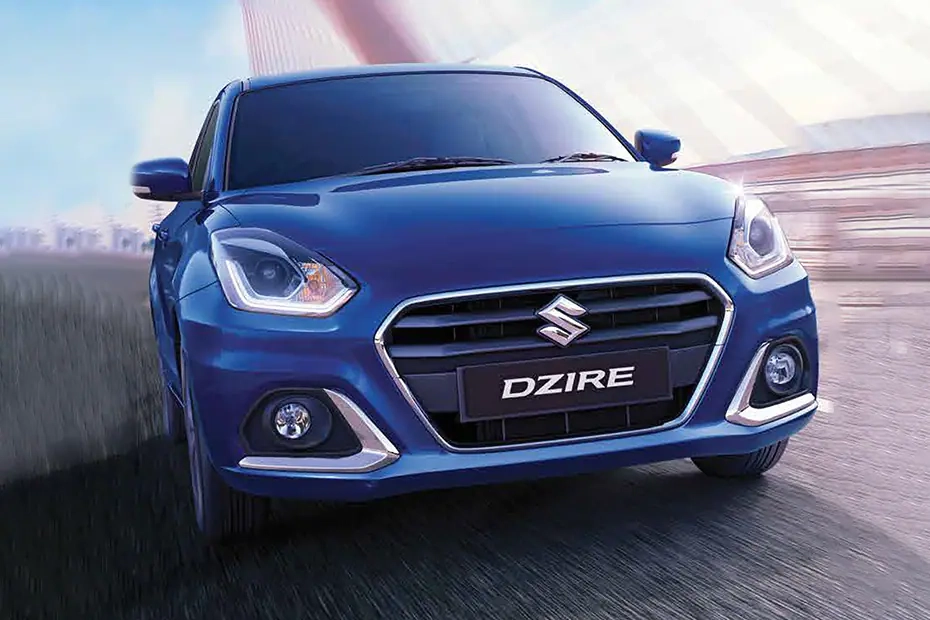
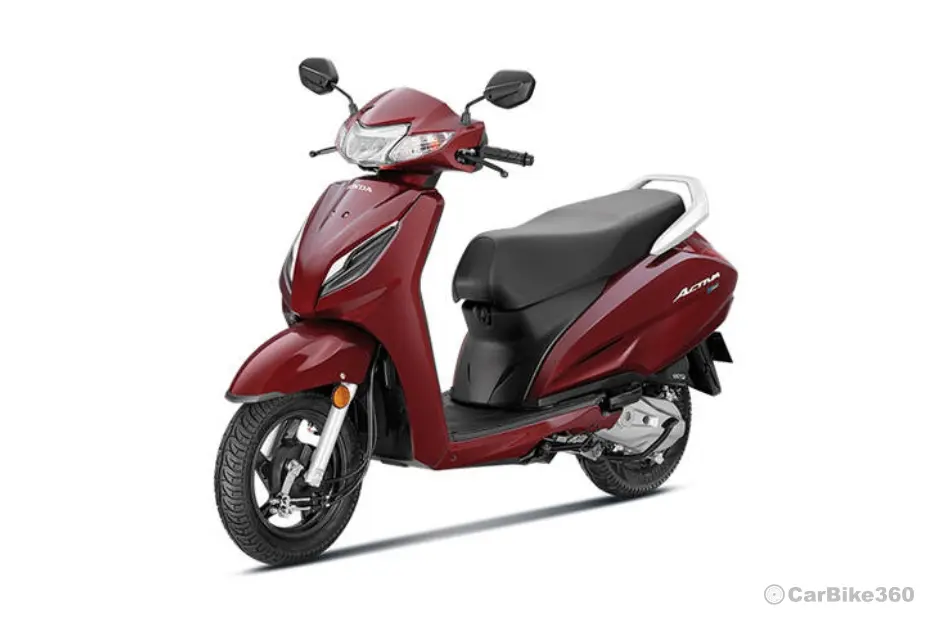
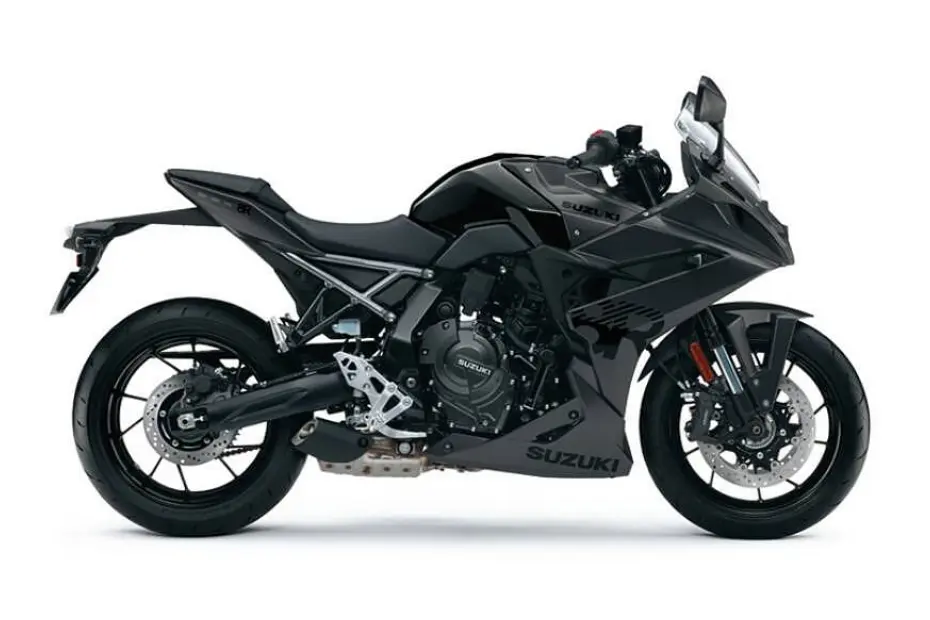

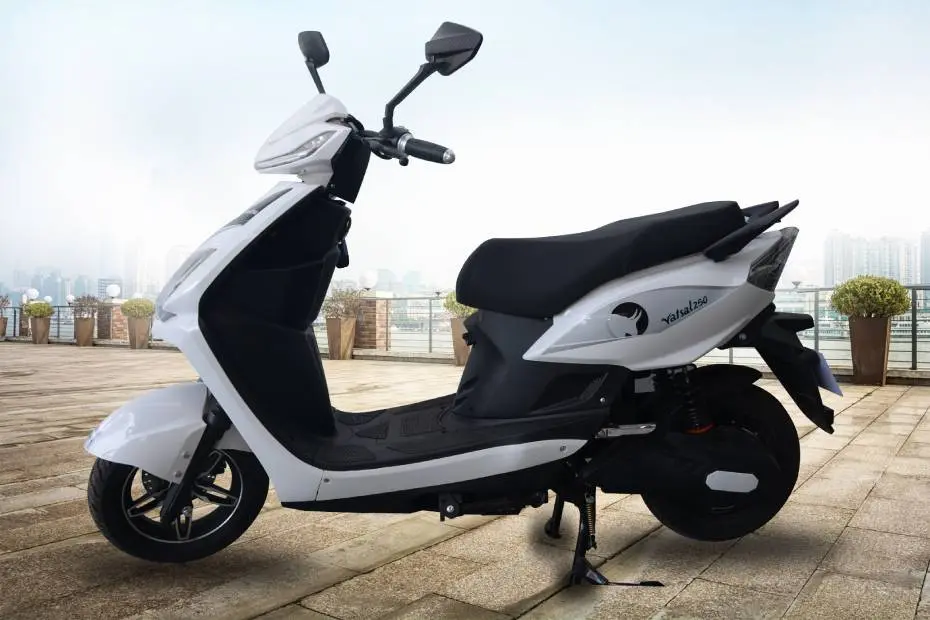
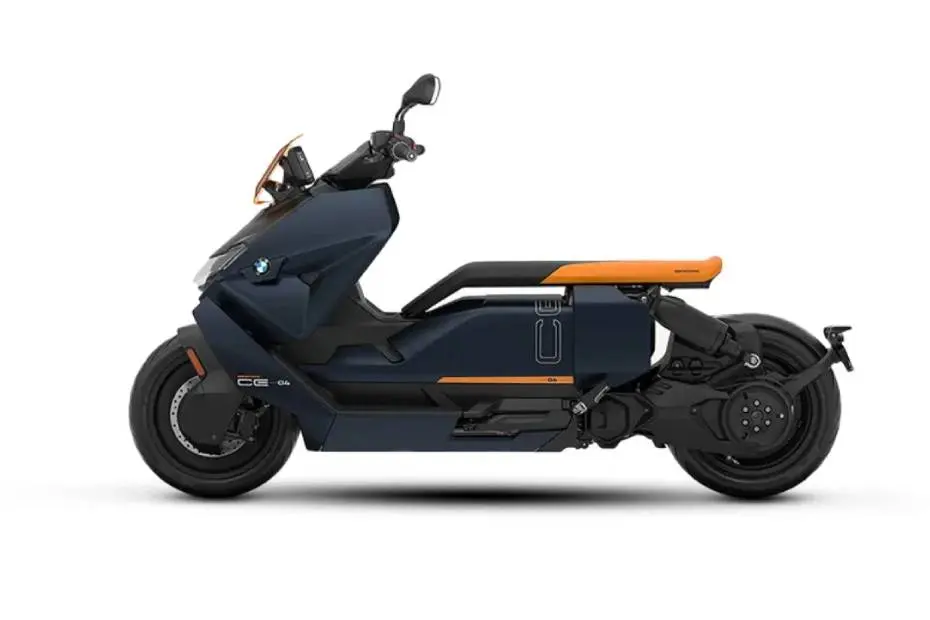

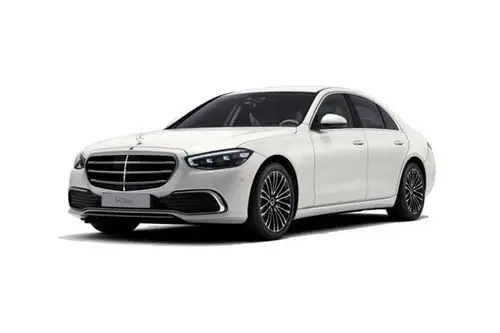
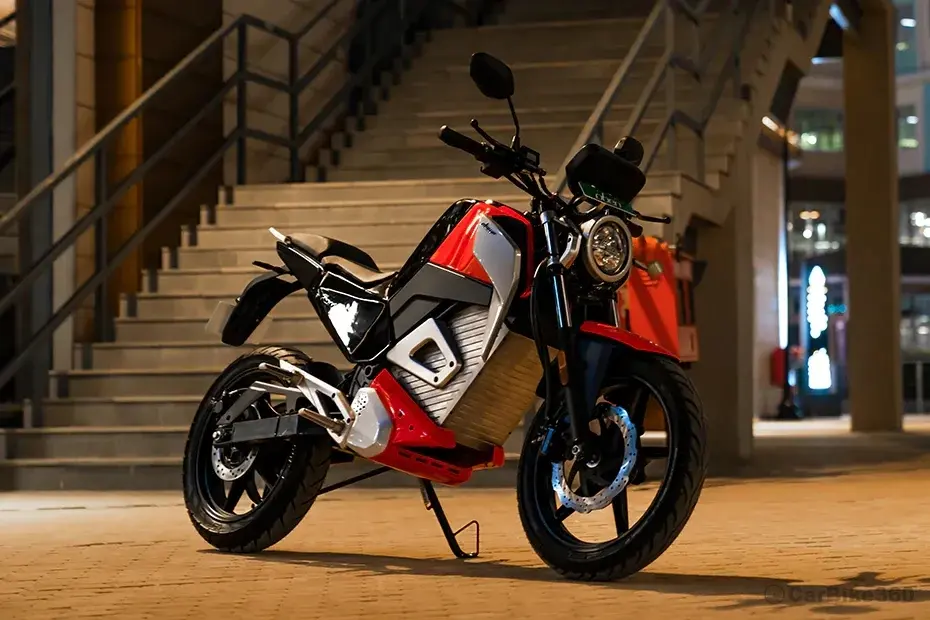

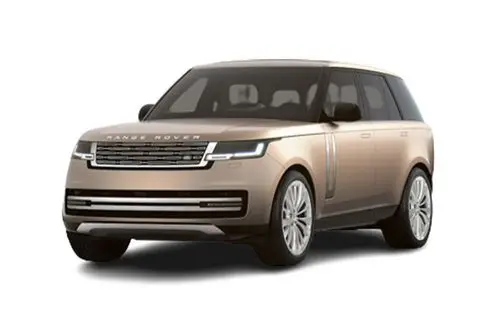
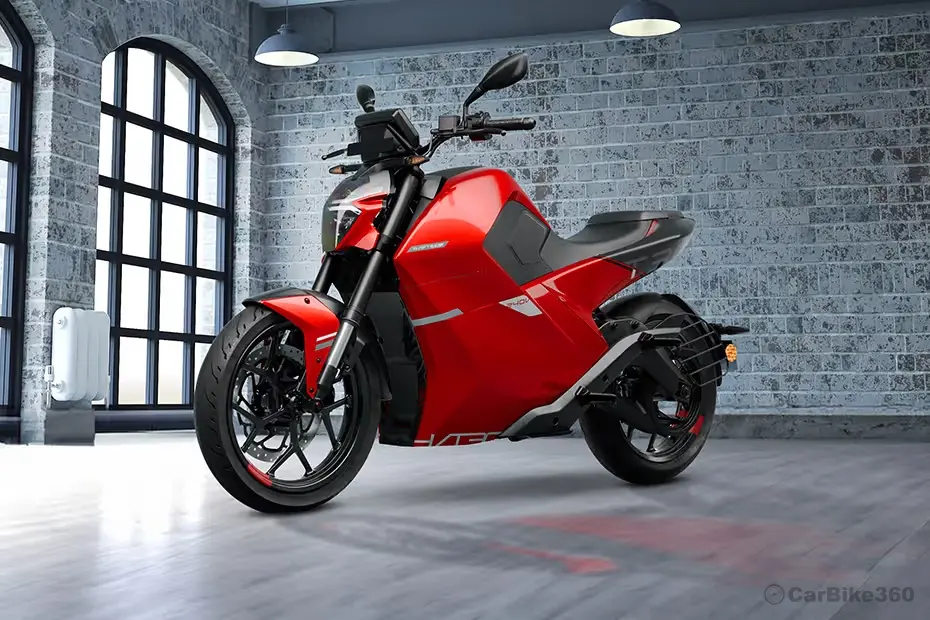
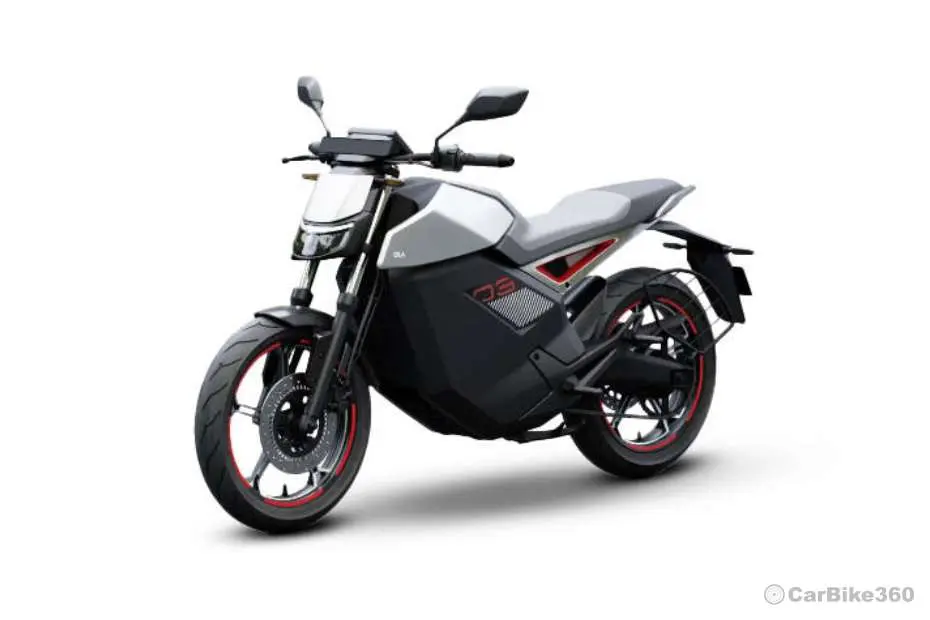
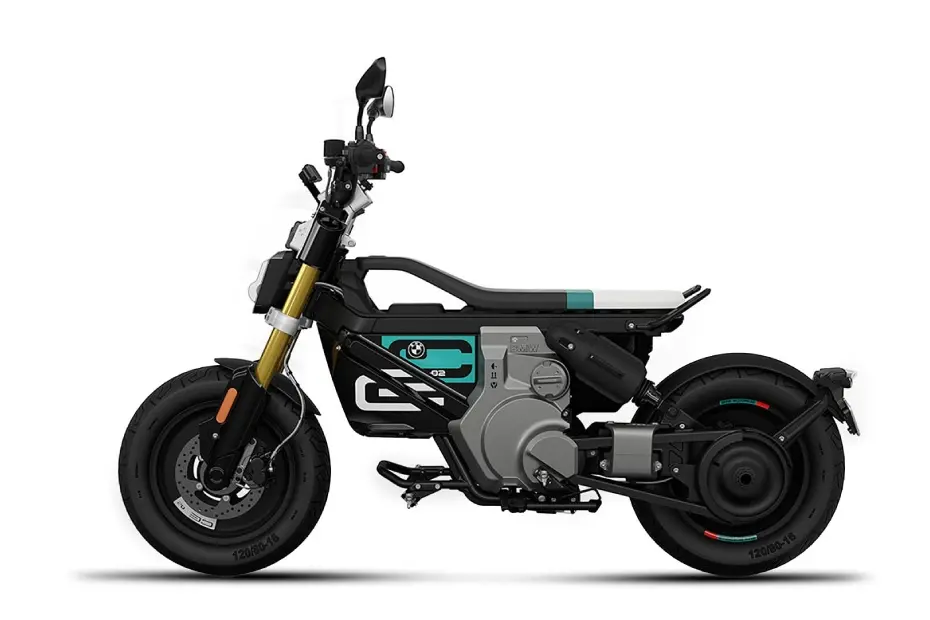

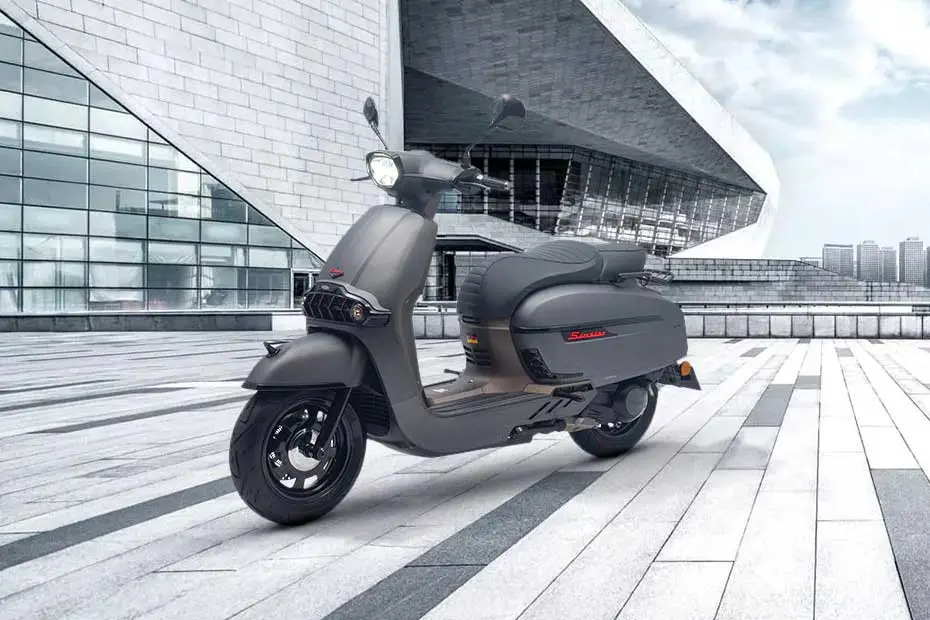
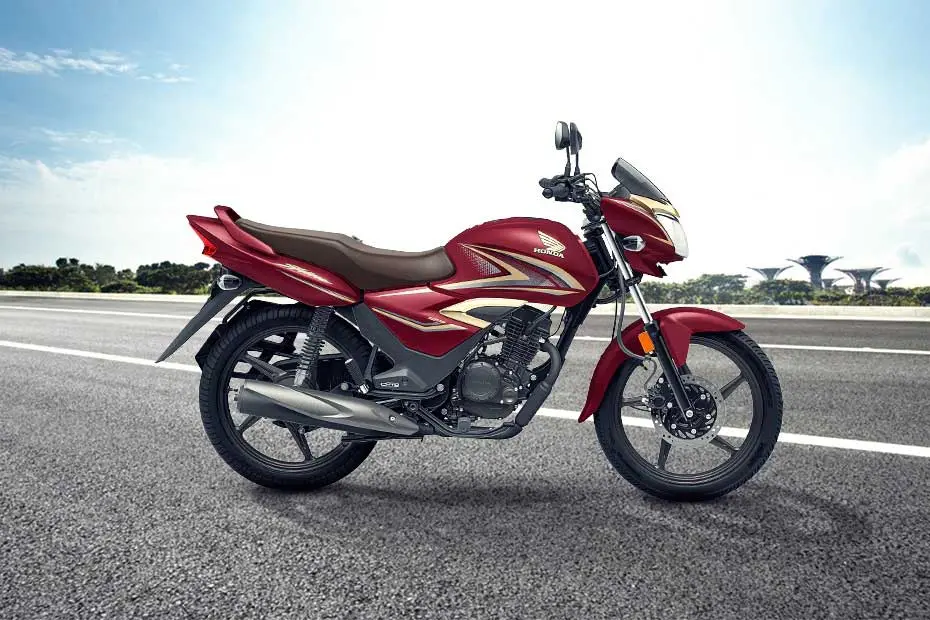
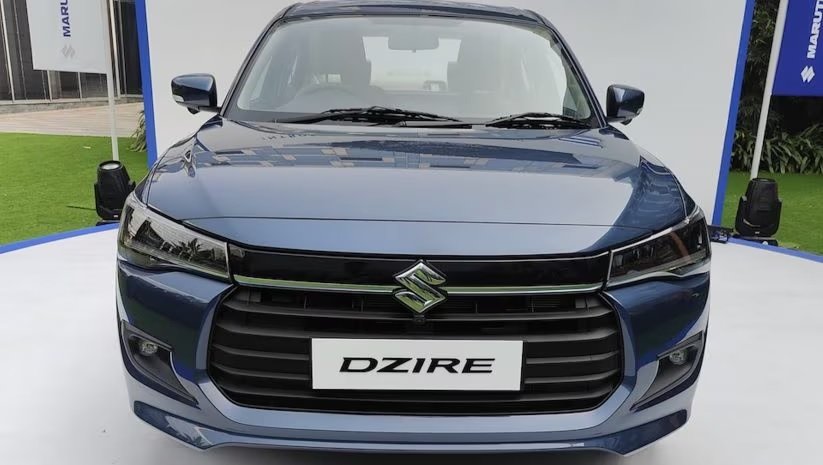
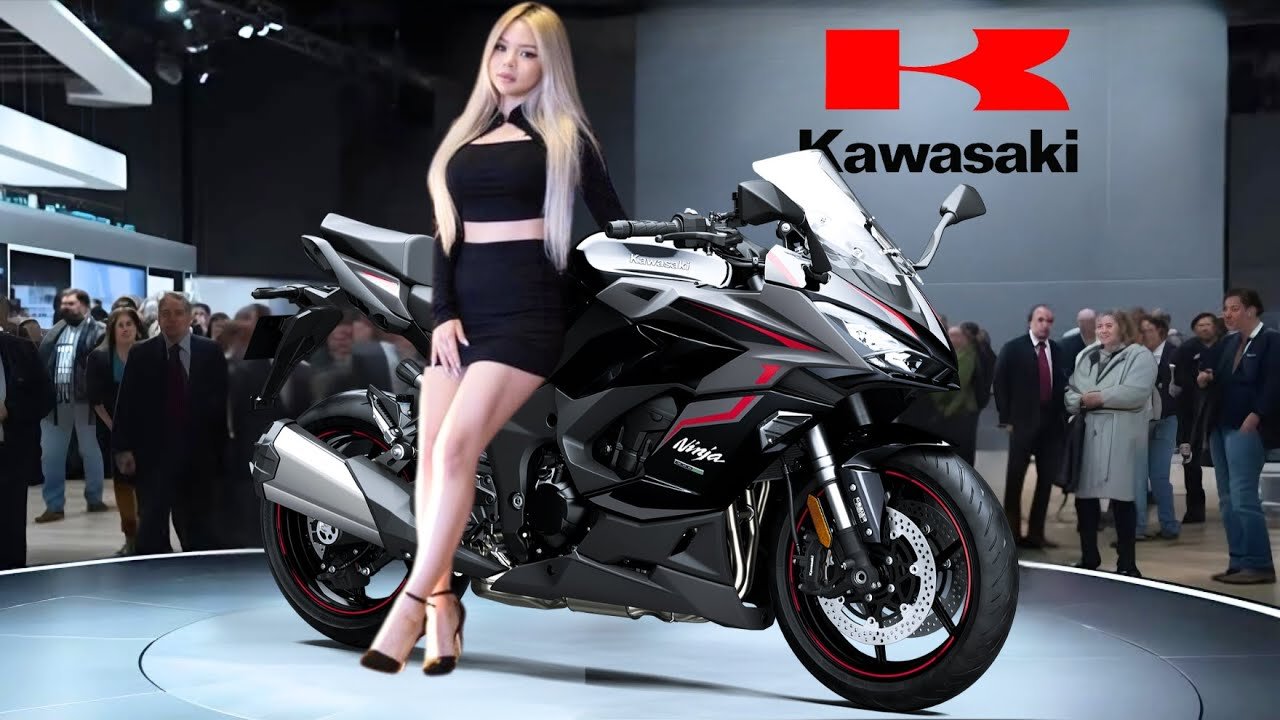

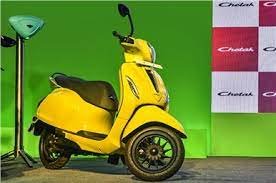
.webp)
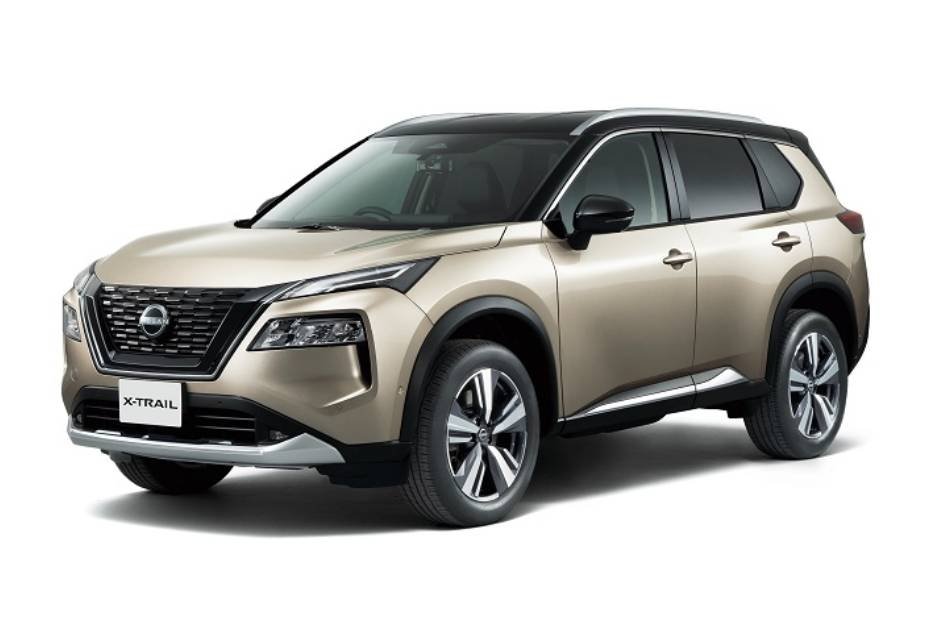
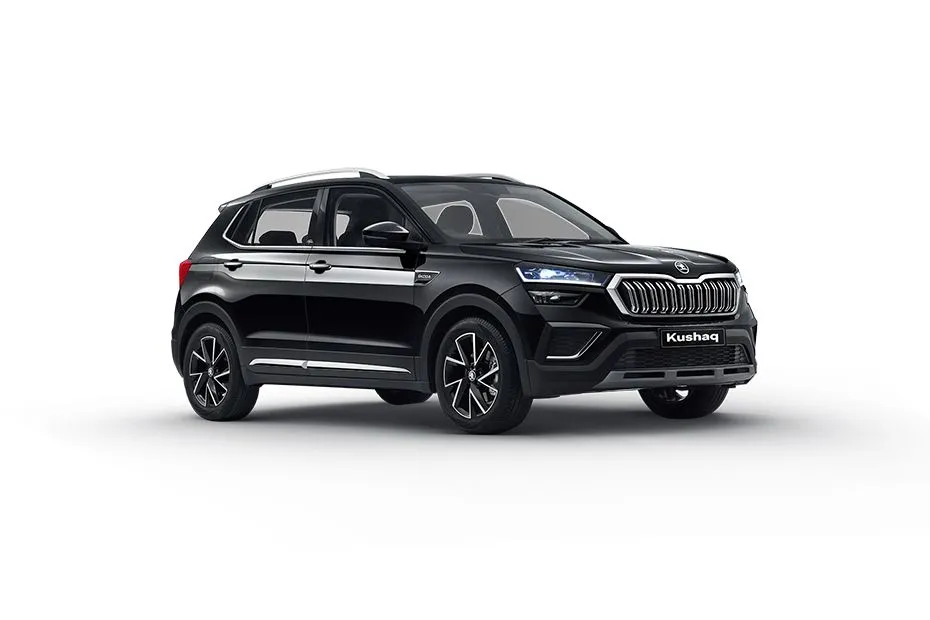
.jpeg)

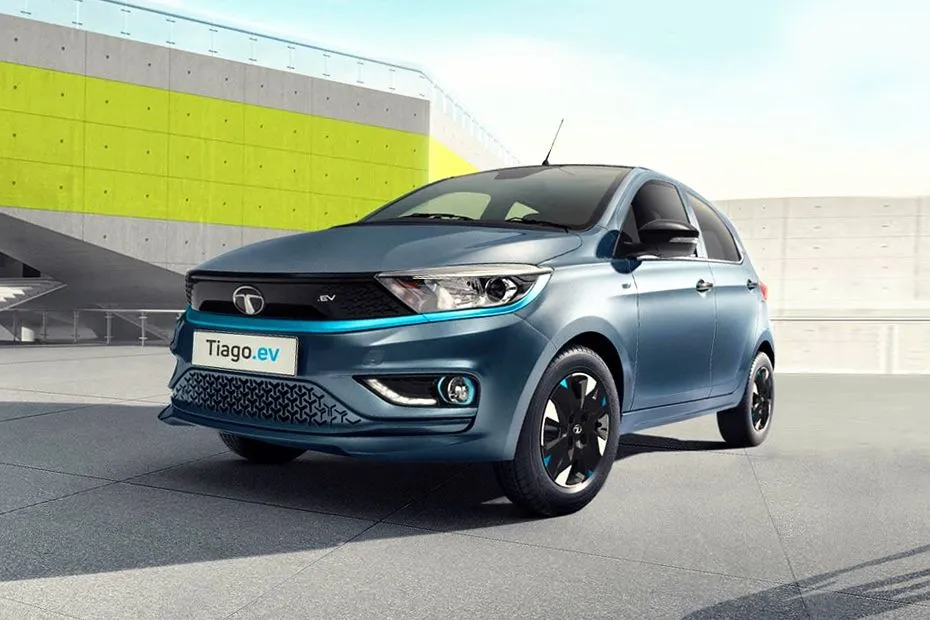
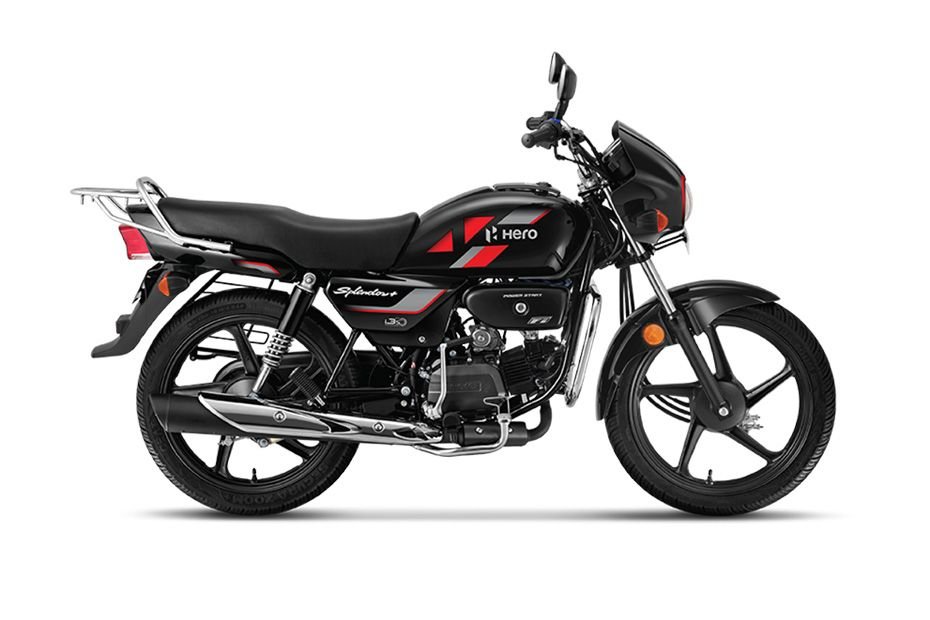
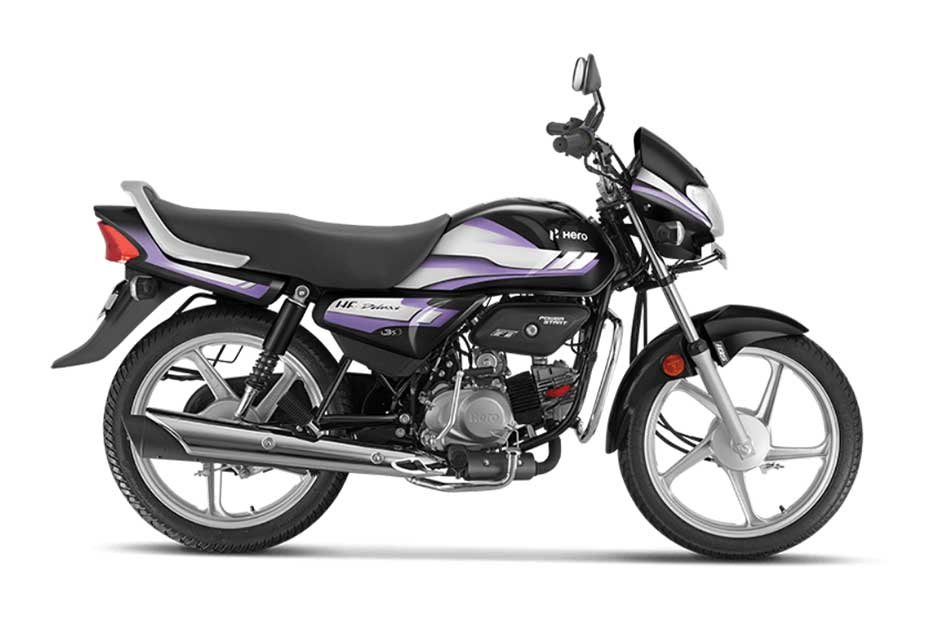
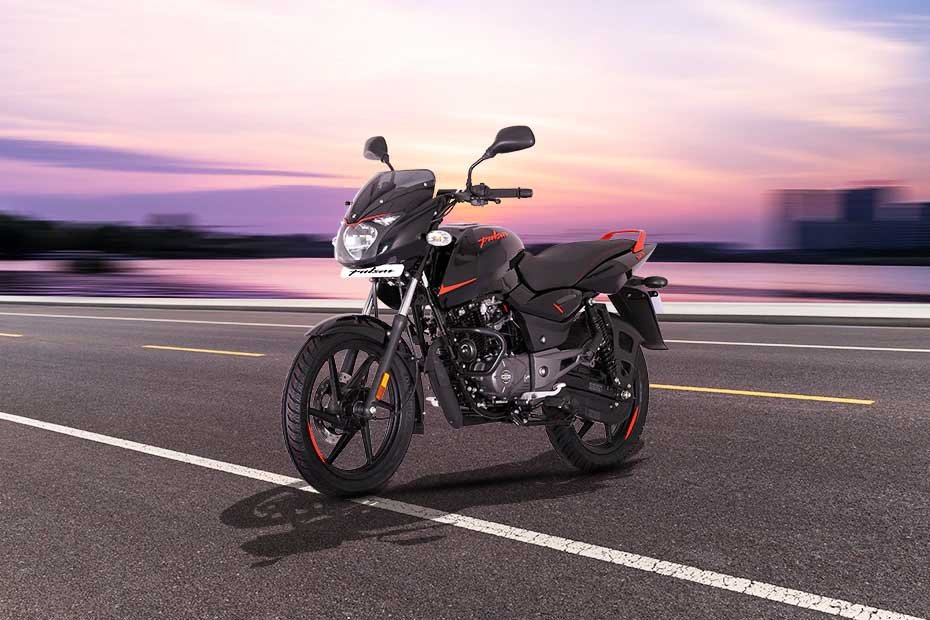
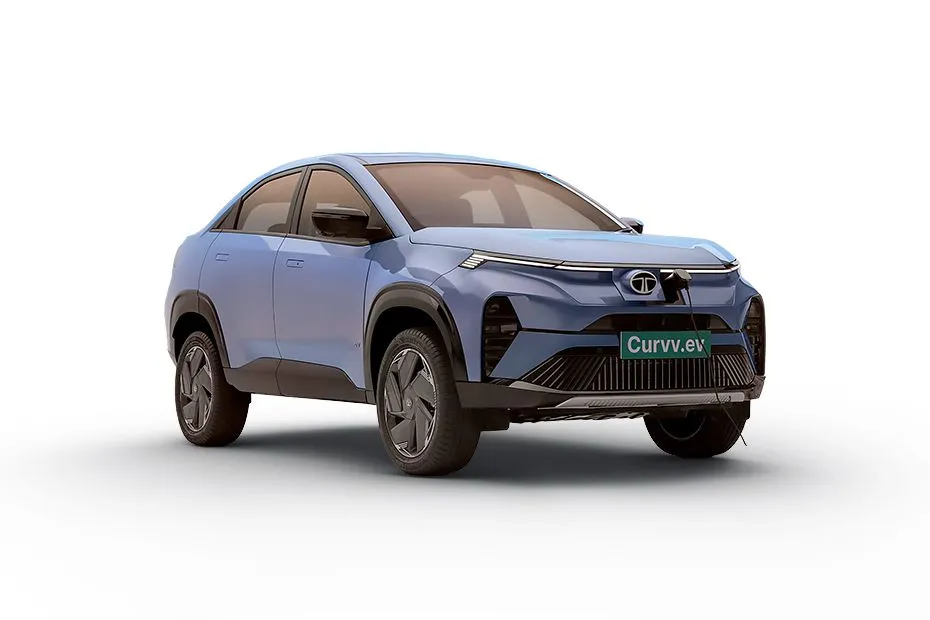
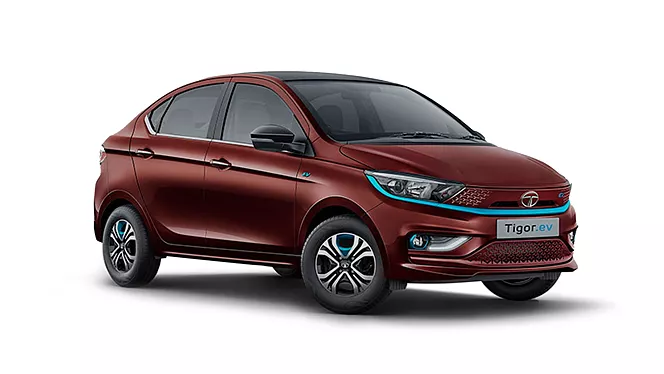
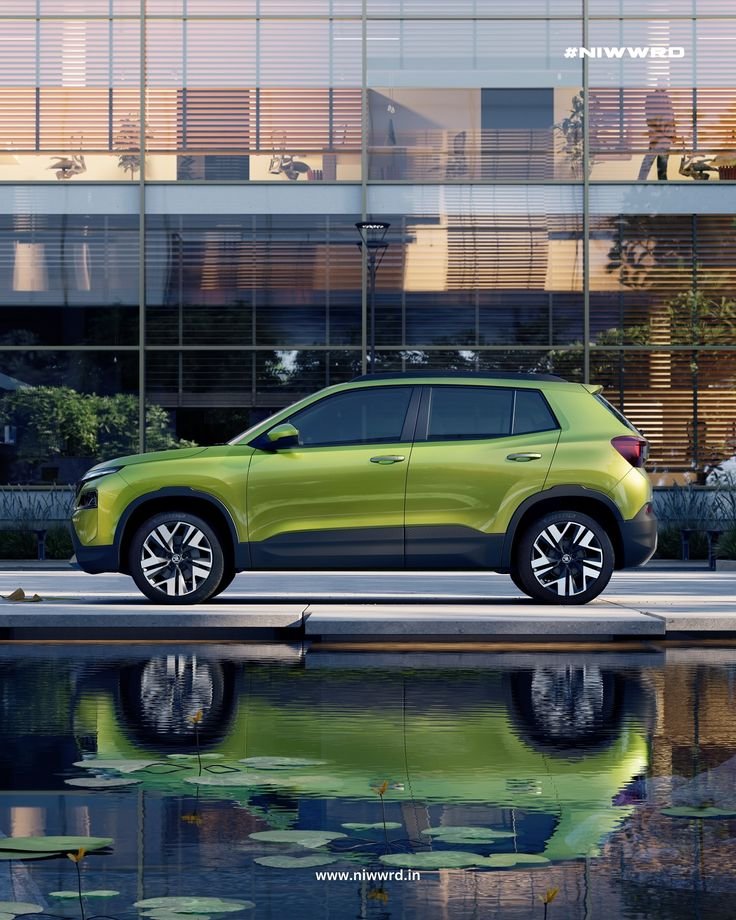


 (1).webp)
